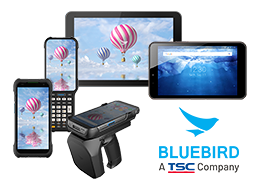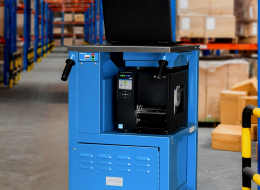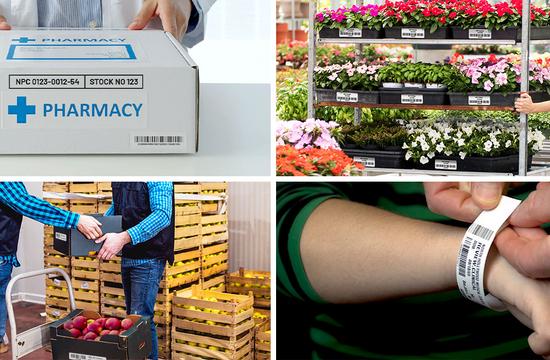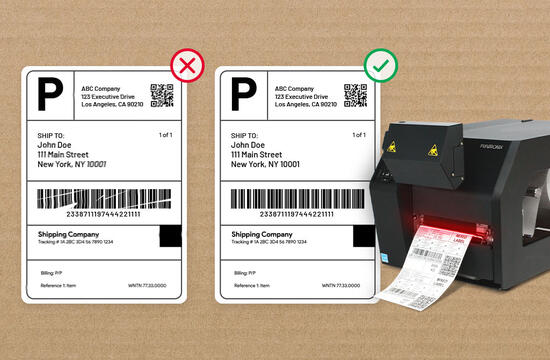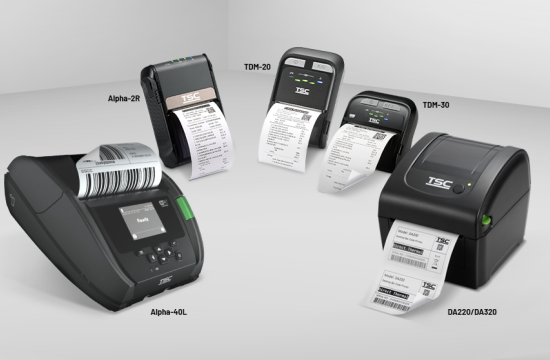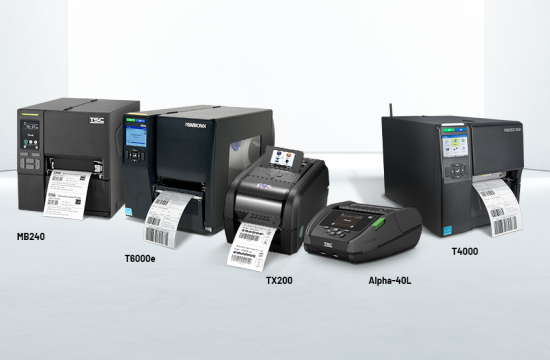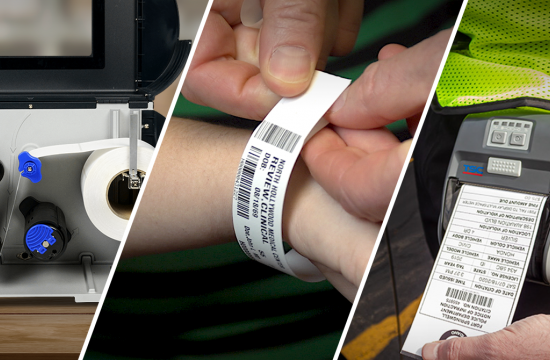Industry Trends
Radio Frequency Identification (RFID) encoding and tags offer a powerful solution for better inventory tracking, management, and movement of goods throughout the supply chain.
Radio Frequency Identification (RFID) is a valuable tool for tracking inventory and improving supply chain management. Companies are using RFID tags to create better inventory systems and gain new levels of detail about how their products move through the supply chain.
Barcodes drive commerce and keep the global supply chain moving forward.
The entire world is struggling with the ripple effects of broken links and backlogs in the supply chain system.
Linerless labels do not have a peel-off backing (liner), so every label printed already has an adhesive backing exposed that is ready for application.
Do you know what an impact printer is? If you have one, it’s that large metal cabinet in the corner of the print room that hums away and deafens you when you open the lid. It uses an impact printing technology where a row of hammers strike an ink-laced ribbon to place dots on paper.
When you hear the Internet of Things (IoT), your head might fill with images of cloud servers, blinking lights and electronic equipment. These images may not come to mind when you think of barcode labels.
The World Health Organization celebrates World Health Day annually on April 7. The healthcare industry is one of the key verticals we serve.
A vital component to any well-managed supply chain is labeling and the quality of your label is essential.
The world is facing an unprecedented global effort to create, distribute, and administer COVID-19 vaccines. As pharmaceutical companies rush to distribute the COVID-19 vaccine around the world, the supply chain needs to be prepared to deliver billions of vaccines in a short amount of time.



